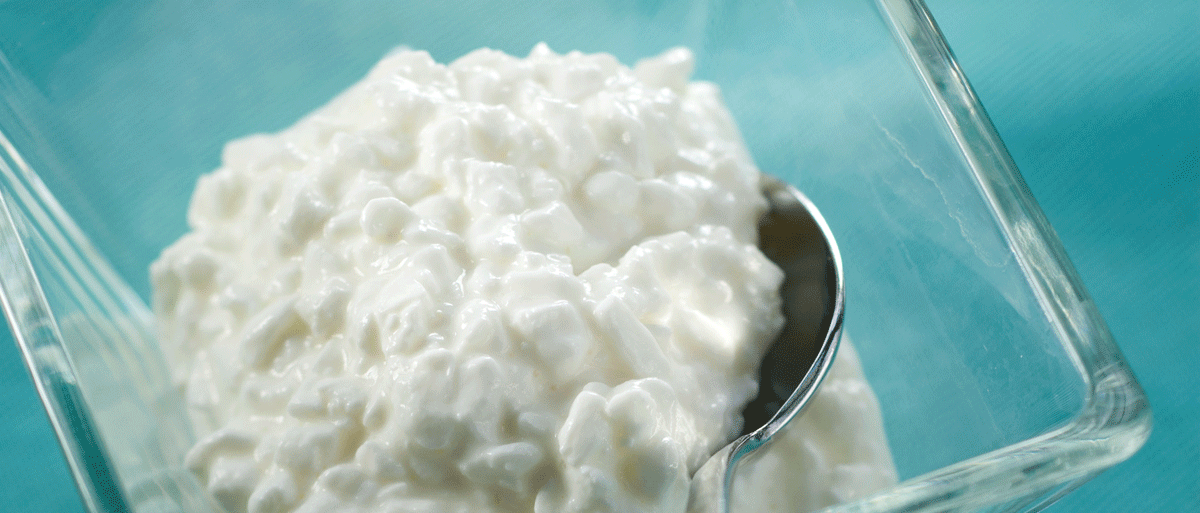Protein-packed cottage cheese is substantial enough to form the basis of a meal, yet versatile enough to be used as a dip for celery sticks or mixed into a creamy pasta sauce. Nutrient-rich cottage cheese is unique because it’s naturally low in carbohydrates and high in protein.
What Is Cottage Cheese?
Cottage cheese is a “fresh” cheese made through a process of acidifying milk, which causes the curds to separate from the whey. After the curds are formed, they are cut into smaller pieces, rinsed and often salted. Cottage cheese is available in small, medium or large curd sizes and a variety of fat levels.
A 4-ounce serving of creamed (whole milk) cottage cheese has about 110 calories and 5 grams of fat (this may vary from brand to brand). You can buy cottage cheese made from 1% or skim milk, which has lower fat and calories.
Yes, It Has Protein
Cottage cheese contains all the essential amino acids needed for it to qualify as a complete protein. A 4-ounce serving of creamed cottage cheese has 13 grams of protein. Cottage cheese contains a slower-digesting protein called casein, which curbs hunger and increases satiety, making you feel fuller longer after you eat it.
And, of Course, Calcium
Although cottage cheese is made from milk – a naturally good source of calcium – much of the calcium is lost during the manufacturing process as part of the separation of the curds from the whey. While not the best source of calcium, cottage cheese still provides some – about 94 milligrams per 4-ounce serving. Some cottage cheese products are fortified with additional calcium.
Serving Tips From Dairy MAX
Cottage cheese is versatile - it can be sweet or savory - so choose your favorite accompaniments! It pairs well with sliced scallions, avocados and tomatoes or apples, raisins and a sprinkling of cinnamon. Create a pasta sauce by blending cottage cheese with some low-fat milk or yogurt and Parmesan cheese. You can also try cheesy guacamole with low-fat, lactose-free cottage cheese or make a rice casserole with any variety of vegetables, such as carrots, peas, onions or beans, and stir in a mixture of cottage cheese, yogurt and grated cheddar cheese. You can even try cottage cheese with fruit, like peaches or pineapple slices, or blended into a smoothie!




